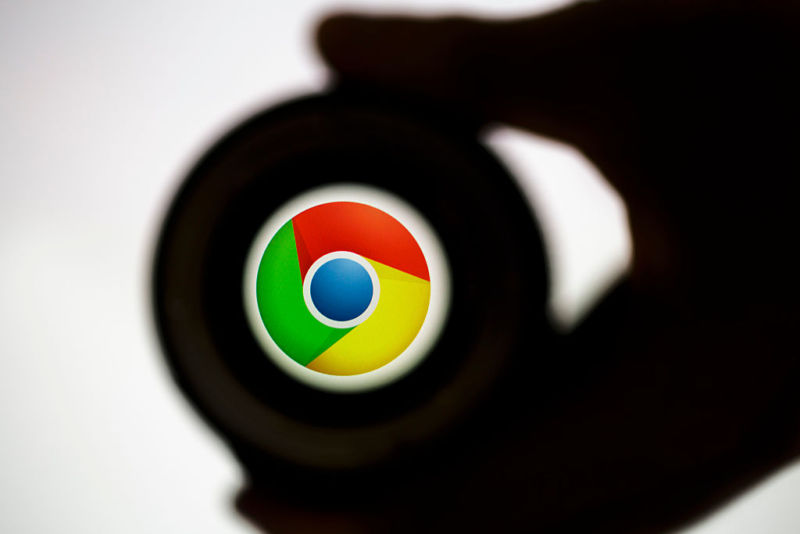
News that Google intends to install an ad-blocker in its Chrome browser shocked the tech and publishing world in April. Now, details of how the program will work are starting to become clear.
The Google ad-blocker will block all advertising on sites that have a certain number of "unacceptable ads," according to The Wall Street Journal. That includes ads that have pop-ups, auto-playing video, and "prestitial" count-down ads that delay the display of content.
Google, which refers to the ad-blocker as an ad "filter," is using a list of unacceptable ad types provided by the Coalition for Better Ads, an advertising industry trade group.Google has already discussed its plans with publishers, who will get at least six months to prepare for the change coming early in 2018. Publishers will get a tool called "Ad Experience Reports," which "will alert them to offending ads on their sites and explain how to fix the issues," the Journal reports.
The details were also publicized by Google in a blog post yesterday.
"[I]t’s far too common that people encounter annoying, intrusive ads on the web—like the kind that blare music unexpectedly, or force you to wait 10 seconds before you can see the content on the page," wrote Sridhar Ramaswamy, Google's Senior VP for Ads & Commerce. "These frustrating experiences can lead some people to block all ads—taking a big toll on the content creators, journalists, web developers and videographers who depend on ads to fund their content creation."
Next year, Chrome will stop showing ads, including ads "owned or served" by Google, on websites that aren't compliant with the Coalition for Better Ads standards. Publishers with repeat violations of Google's ad policies will get 30 days to correct them
Google is also offering a tool called "Funding Choices," which would present users who have non-Chrome ad blockers with a message asking them to disable their ad-blockers or pay to remove advertising.
Ad-blocking remains a controversial topic in the online publishing world, where it has had a major impact on revenue in recent years. About one-quarter of US users are using some form of ad-blocker, and the numbers are higher in other countries.
At first glance, it's surprising that Google, the world's largest Web advertising company, would want to promote ad-blockers. But it can also be viewed as a defensive move to give the company more control over what types of ads flourish on the Web, given that more people will turn to competing ad-blockers if Google does nothing.
Chrome is the most popular Web browser, with more than 50 percent of the market. The Chrome ad-blocker is likely to be turned on by default. Any decisions by Google about what ads are "acceptable" will have a huge effect on the online advertising space.
This post was updated Friday afternoon with details from Google's blog post.
reader comments
251